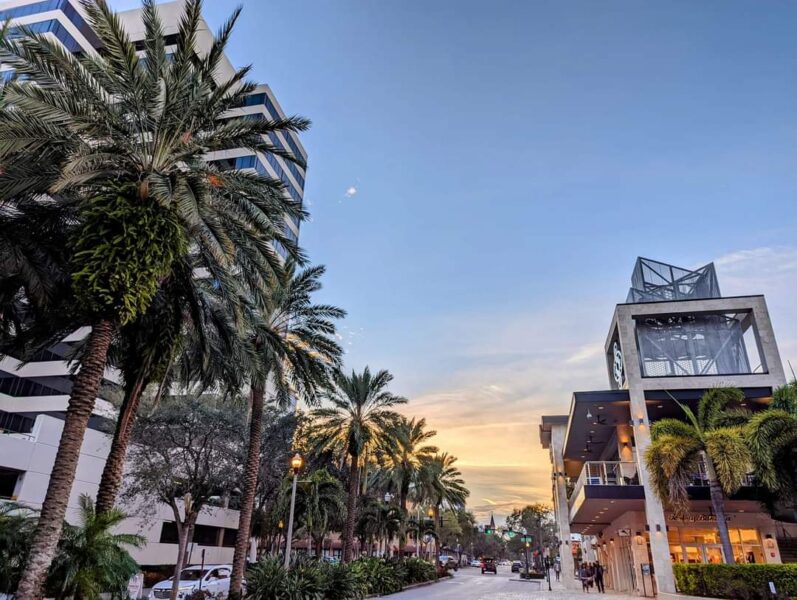Know
Regional economic reports highlight strengths, weaknesses

While Tampa Bay’s recent population growth outpaced 19 similar-sized peer markets, the influx of new residents has depleted the housing supply and strained transportation systems.
Those are just two among dozens of key findings included in companion economic competitiveness reports publicly released by the Tampa Bay Partnership (TBP) and the University of South Florida’s Muma College of Business at the Feb. 10 State of the Region luncheon. The organizations have collaborated to research and highlight how the eight-county region compares to other metropolitan areas for the past six years.
The TBP, Community Foundation Tampa Bay and United Way Suncoast produced the 2023 Regional Competitive Report, and USF researchers published the 2023 Tampa Bay E-Insights Report. Together, the studies track economic competitiveness and growth across 67 indicators in five categories.
“What gets measured is what gets done,” said Bemetra Simmons, CEO of the TBP, in a statement. “This report highlights our successes and where regional collaboration is needed to address our areas of opportunity.”
The good news:
Tampa Bay showed year-over-year improvements in 36 metrics that encompass economic vitality, innovation, infrastructure talent and civic quality. The region placed in the top five of seven indicators.
In addition, Tampa Bay held its position in 22 rankings and gained ground on competitors in 26 areas. Peer markets included Atlanta, Austin, Denver, Nashville, Orlando, San Diego and South Florida, among 12 others.
- The full-time worker poverty rate, at 2.18%, jumped four spots to No. 11.
- Tampa Bay went from 10th to 5th in the unemployment rankings. While the 2.7% jobless rate beats the 3.5% national average, it is well below competitor Minneapolis-St. Paul, at 1.9%.
- The high school graduation rate among economically disadvantaged students improved by four spots, to No. 6.
- In addition to net migration, the region also placed first for SAT scores. Local students placed in the top three according to six other educational metrics.

An overview of some of the key metrics included in regional competitiveness reports. Screengrab.
The bad news:
Tampa Bay placed last for its gross regional product (GRP) per capita, which helps researchers compare the area’s economic health and wealth to competitors. According to the report, the GRP has not topped a single peer market in over a decade.
- The region ranked among the bottom five in 24 critical indicators and lost ground in another 14.
- Wages have failed to keep pace with the soaring cost of living, with 55% of earnings now going toward housing and transportation. That does not include food.
- A report summary states that “residents are still finding their footing” following the pandemic, as depression and overdose metrics highlight increasing mental distress. It concludes “that the region must prioritize mental health.”
- Tampa Bay finished 18th for its youth poverty rate. At 17.99%, it nearly doubled No. 1 Minneapolis-St. Paul.
- The merchandise exports growth rate plummeted 10 spots to No. 13.
- At 82.64%, local households with computers and broadband internet finished 17th.
- Tampa Bay placed second to last for all three college degree attainment rates.
- Just 76.74% of residents aged 25-64 participated in the labor force, the worst rate measured.
“It is our goal that this research be used as a rallying point across all eight counties so we can focus our time, talent and resources to achieve solutions,” Simmons said.
Read the full report here.







